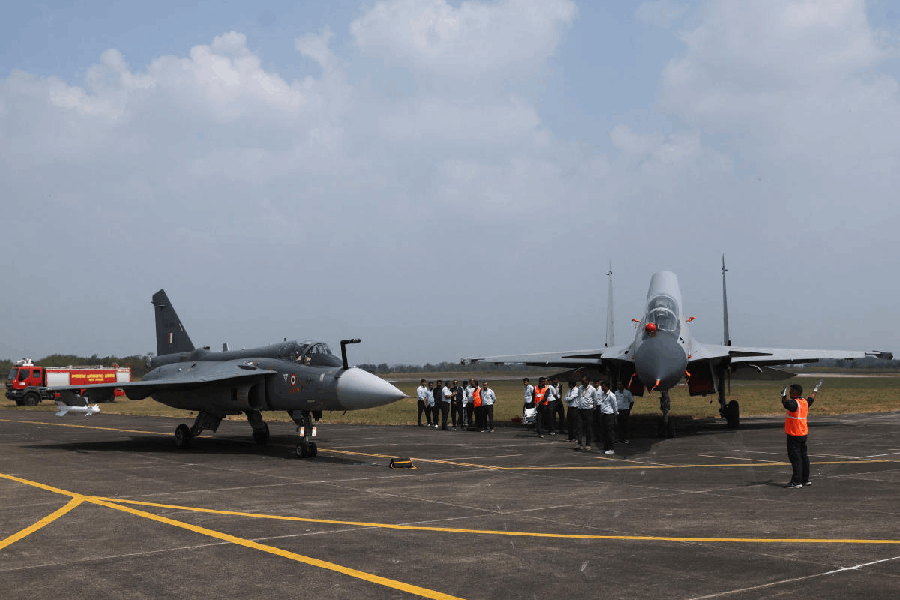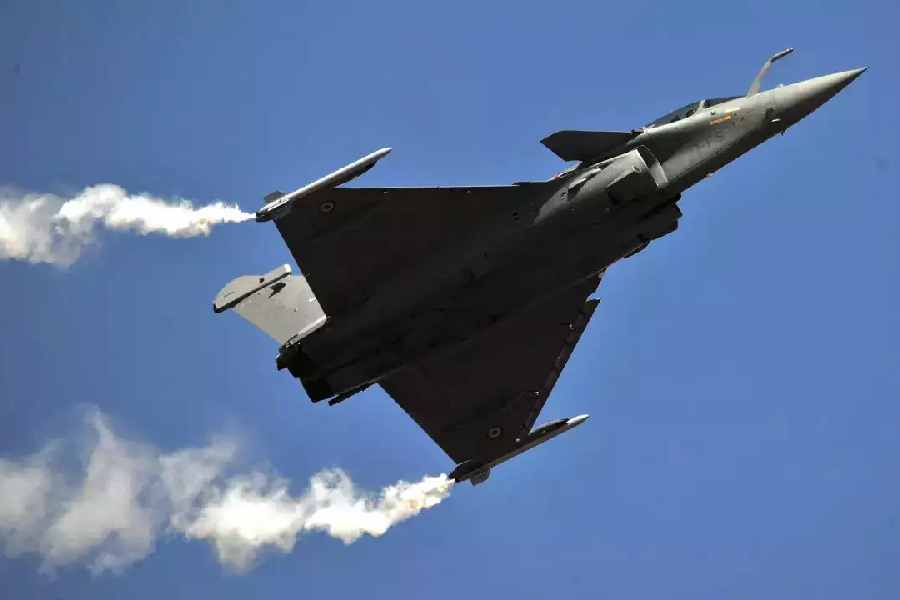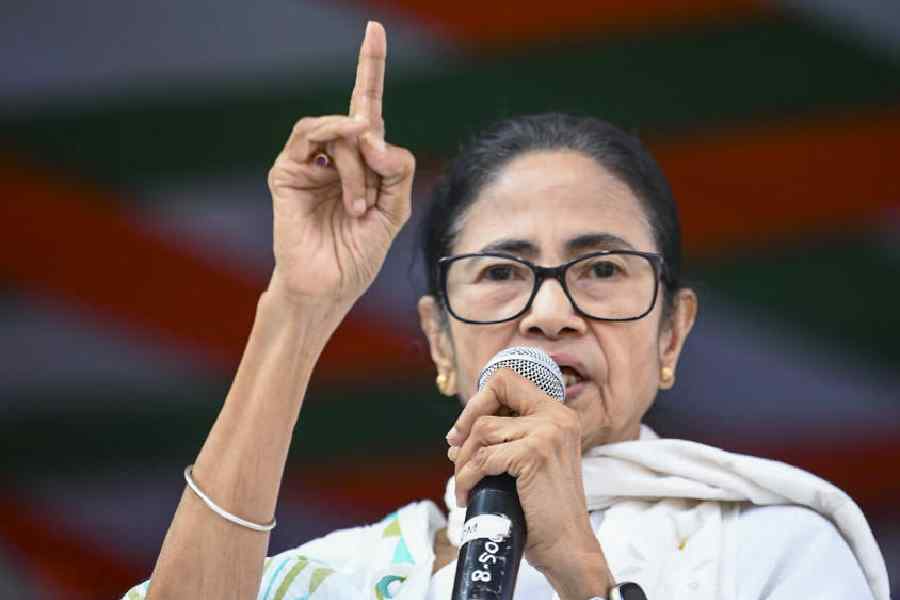Defence minister Rajnath Singh on Friday inaugurated the third production line for Light Combat Aircraft (LCA) Tejas Mk1A and the second production line for Hindustan Turbo Trainer-40 (HTT-40) at Hindustan Aeronautics Limited’s (HAL) Nashik facility.
He also flagged off the first Tejas Mk1A aircraft manufactured at the plant.
Addressing the event, Singh called the new production lines a milestone in India’s drive for self-reliance in defence manufacturing. He said the country, which once imported nearly 70 per cent of its military hardware, now produces about 65 per cent domestically.
“When we came to power in 2014, we realised that without self-reliance, we can never be truly secure,” he said, crediting reforms over the last decade for reducing import dependency and boosting domestic production.
The minister said India’s annual defence production has increased from ₹46,429 crore in 2014-15 to over ₹1.5 lakh crore in 2024-25, while exports have grown from under ₹1,000 crore to ₹25,000 crore. The government aims to raise total production to ₹3 lakh crore and exports to ₹50,000 crore by 2029.
Singh urged HAL to expand its focus beyond Tejas and HTT-40 to next-generation aircraft, drones, and civil aviation technologies, citing the growing role of artificial intelligence, cyber warfare, and unmanned systems in modern conflicts.
He also lauded HAL’s role in supporting the Indian Air Force during “Operation Sindoor,” when the Nashik team installed BrahMos missiles on Su-30MKI jets that targeted terrorist hideouts. “This proved that when it comes to national security, we can make our own equipment and protect ourselves with it,” he said.
The defence minister praised HAL Nashik’s six-decade contribution to India’s aerospace sector — from manufacturing MiG-21s and MiG-27s to producing the Su-30MKI — and its role in expanding indigenous capability through collaboration with private industry and academia.
HAL’s new Tejas production line, completed in two years, can manufacture eight aircraft annually, taking the company’s total output capacity to 24 aircraft a year. The new HTT-40 line will support the production of trainer aircraft, with the facility housing assembly shops for fuselage, wings, and control surfaces.
Defence production secretary Sanjeev Kumar said the expansion represents India’s growing technological confidence and industrial strength. HAL Chairman and Managing Director D.K. Sunil said the new lines have created around 1,000 jobs and developed over 40 industry partners in and around Nashik.
The inaugural flight of the Tejas Mk1A was piloted by HAL’s chief test pilot, Group Captain K.K. Venugopal (Retd), followed by aerial displays from Su-30MKI and HTT-40 aircraft.
HAL’s Nashik division, set up in 1964, has produced over 900 aircraft and overhauled 1,900, including MiG and Su-30MKI variants. It continues to provide comprehensive overhaul and repair support for the Indian Air Force’s Su-30 fleet.












